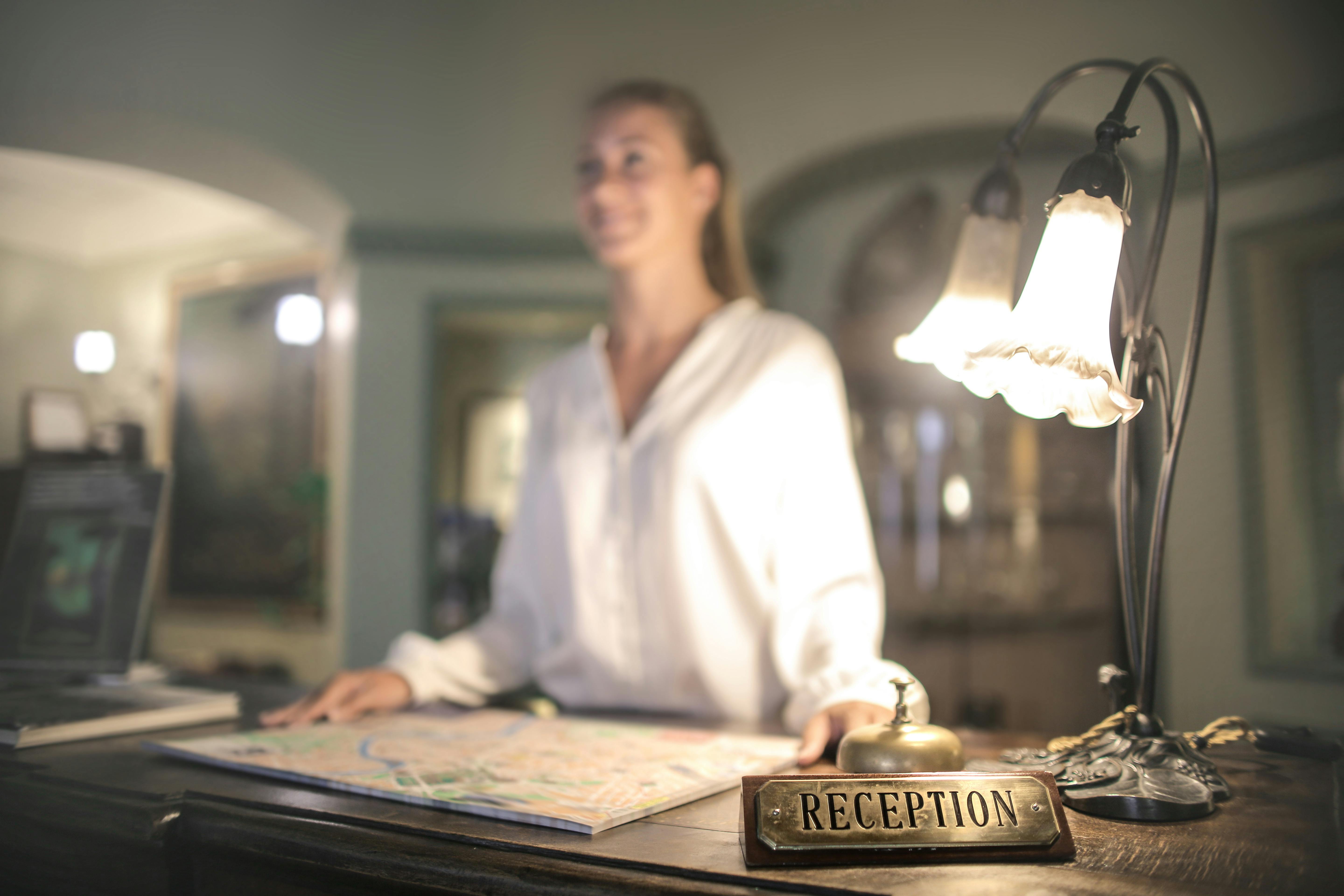Jersey is really different. The first indication comes when your plane descends. Most likely, you will plunge into the great blue expanse of the English Channel, as if you are about to land in water. Only at the last moment will the spectacular view of St Ouen Bay be revealed, with its five miles of golden sands culminating in the shadowy Corbiere lighthouse. Taking off over surfers and sand dunes, your plane will land on a small island with a per capita wealth greater than Brunei. A sign welcomes you in the arcane archaic dialect of Jerrais: “Seyiz les Beinv’nus a Jerri.” This is Britain, but not as we know it.
Hugged by the long arm of the Cotentin peninsula, Jersey is part of a group of rocks that nest in the Gulf of St. Malo. The Channel Islands were once the high ground on a forested plain that was flooded by glacial meltwater in prehistoric times, when Neanderthal man built caves near what is now St Brelade Beach. The Roman Empire left few traces on “Insula Caesarea”, but the islands were incorporated into the Duchy of Normandy. They were an integral and francophone part of Duke William’s rule for generations long before he embarked on a mad adventure to conquer another much larger territory: England.
Jersey has retained its unique identity as a separate kingdom, loyal to the Crown but distinct from the United Kingdom and dependent on the United Kingdom alone for defense and foreign affairs. The government remains local and is based on the twelve parishes, and the states of Jersey eschew political parties and meet in the Pink State Houses in the capital of St. Helier. The monetary union with England means that the British pound is a common currency, although the Jersey pound notes show the queen without a crown, because here she is a duke, not a monarch. All the continent’s functions are duplicated here in miniature: Jersey Post instead of Royal Mail; Jersey Telecom instead of British Telecom, Jersey Heritage instead of English Heritage. One characteristic that is not duplicated is the continent’s fiscal policy; the maximum rate on the island is 20% (versus 50% in the UK) and there are no nuisance charges like capital gains tax, inheritance tax and VAT. These advantageous and business-friendly policies have allowed the island to develop as a leading offshore financial center in recent decades.
However, the true wealth of Jersey is its scenery. Barely forty-five square miles of green valleys, wooded trails, and picturesque villages, the island doubles in size at low tide when the powerful storm surge from the St Malo Basin reveals vast stretches of seafloor. Guided “moonwalks” can be taken to explore this fascinating, luminescent but potentially very dangerous landscape, as the sea can move faster than a man can run and flood to a depth of twelve meters. The sea has shaped a spectacular and diverse series of cliffs and beaches; from the rugged cliffs of the north shore, where Bouley Bay and Plemont collide hundreds of feet into the deep rocky ocean, to the gentler stretches of the southern shores. The panorama of St Aubin’s Bay is a large expanse overlooking the tidal islet on which Elizabeth Castle perches. Queen Victoria described it as the equivalent of the Bay of Naples. Further west, St Brelade’s is a quintessential family beach, where the medieval Fisherman’s Chapel watches over the beautiful sands. Nearby are two secret gems: Portelet Bay, with a Martello tower located on a tidal island, and Beauport Bay, which on a summer day has the appearance of a Caribbean island. Fortunately, the climate in Jersey is sunnier than anywhere else in the British Isles.
History is everywhere. Fought over by England and France for centuries, the island boasts a first-class castle on Mont Orgueil, towering vividly and imposingly over the Royal Bay of Grouville. Home to the Governor of Jersey and New World explorer Sir Walter Raleigh, the castle offers an immersive experience into the medieval world of Jersey. The Jersey War Tunnels, built by slave labor during one of the most traumatic periods in recent island history, offer a more sobering experience: the 1940-45 occupation. The island returned from its war experiences to agricultural prosperity in the post-war era, with the Jersey Royal Potato and the beautiful, docile Jersey cow becoming world famous exports. Then the rise of the financial services industry led to a new wave of prosperity and helped explain the sophistication of Jersey’s culinary and cultural scene. Fortunately, development outside of St Helier has been limited and much of the island’s interior retains a rural, even bucolic flavor. The sixty kilometer per hour speed limit and small, narrow roads calm the spirit in this unique, tiny but absolutely charming corner of the British Channel Isles.




